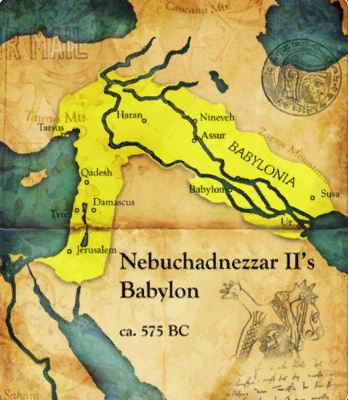Mesopotamia
5. Babylonian Civilization
Babylon was a minor city-state in central Mesopotamia for a century after it was founded in 1894 BCE. Things changed with the reign of Hammurabi, from 1792 to 1750 BCE. He was an efficient ruler, establishing a centralized bureaucracy with taxation. Hammurabi freed Babylon from foreign rule and then conquered the whole of southern Mesopotamia, bringing stability and the name of Babylonia to the region.


One of the most important works of this First Dynasty of Babylon was the compilation in about 1754 BCE of a code of laws, called the Code of Hammurabi, which echoed and improved upon the earlier written laws of Sumer, Akkad, and Assyria. It’s similar to the Sumerian king Ur-Nammu of Ur’s code, written from 2100 to 2050 BCE.
according to the Ancient Civilizations Encyclopedia, The name is thought to derive from bav-il or bav-ilim which, in the Akkadian language of the time, meant ‘Gate of God’ or `Gate of the Gods’ and `Babylon’ coming from Greek. The city owes its fame (or infamy) to the many references the Bible makes to it; all of which are unfavorable. In the Book of Genesis, chapter 11, Babylon is featured in the story of The Tower of Babel and the Hebrews claimed the city was named for the confusion which ensued after God caused the people to begin speaking in different languages so they would not be able to complete their great tower to the heavens (the Hebrew word bavel means `confusion’).
